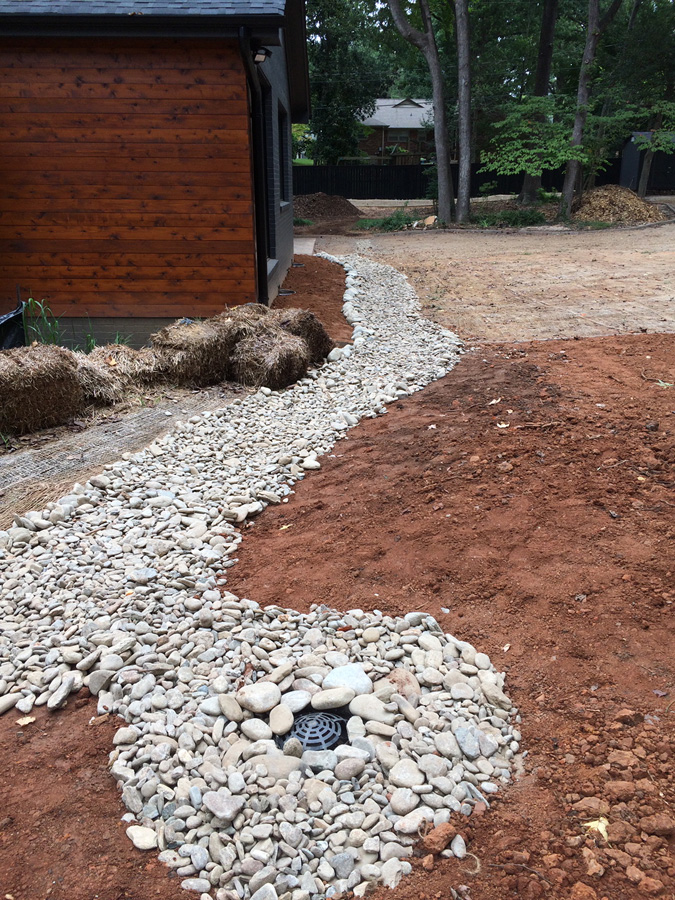There are so many different landscape companies in North Carolina that it can be a little overwhelming to begin looking for one that is the right fit for you. You want to choose a professional, experienced and reliable professional who will meet or exceed your expectations. Here are some things to consider when researching companies:
1. Get a referral or recommendation.
Ask friends and family who have recently had landscape work done who they recommend and what services they provide. Local online community boards are another place to get great leads.
Excellent landscape companies will always have a professional, well-maintained website showcasing a variety of their work. You’ll want to look at their portfolio to get a sense of their scope of work. Does the company only provide installation or a wide variety of services? Does the landscape company specialize in the kind of project you have in mind or offer services you want? If you have multiple needs, it can be good to invest in a company that can service them all. We’ll discuss more about that later.
The company should have a large number of client testimonials so you can see what others have to say about them.
Researching all of these areas will help you build confidence in your choice.
2. How much experience do they have?
It’s important to look for a company that has a proven track record so you can be sure they know what they are doing. They should either have extensive previous experience in the industry or have been in business, with a good reputation, for 10 or more years in the area of expertise you are seeking. For example, you don’t want to hire a company that has only been mowing lawns for the past ten years to take on installing retaining walls, patios, drainage, etc.
Make sure the landscape company is licensed, accredited and/or certified as well as what affiliations and partnerships they have with others. For example, in North Carolina, a business cannot legally operate as a landscape contractor unless they are licensed by the NC Landscape Contractor’s Licensing Board. The license is important because you know if they have one then the company is accountable.
3. What Services Do They Provide?
Once you know the experience and standards of a landscaping company and what their clients think of them, you'll want to know what services they provide.
Some landscape companies only offer maintenance or only work on landscape design, but not installation. If you need a variety of projects done, you need to look for a company that is "full-service." Full-service means their work is design, installation and maintenance (hence the name The Whole Blooming Landscape for example).
They will have designers, account managers and field crew supervisors who can provide you with everything you need from designing a landscape plan, constructing hardscapes, installing plants and irrigation to routine maintenance services.
4. Get a consultation.
Before hiring a landscape company to do the work, you want to first make sure they are a good fit for you. Contact the company and speak with someone on their team. Discuss setting up a free consultation where someone from the landscape design team comes out to your residence, discusses your landscape needs and understands your vision for your property. The details of the project or projects should then be provided to you in the form of a written proposal.
Ultimately, the total cost will be one of the most important deciding factors, but also take into account the company’s experience, reputation and references from past clients. Factor all of these elements to help you decide which landscape company will be the best fit for you.



















